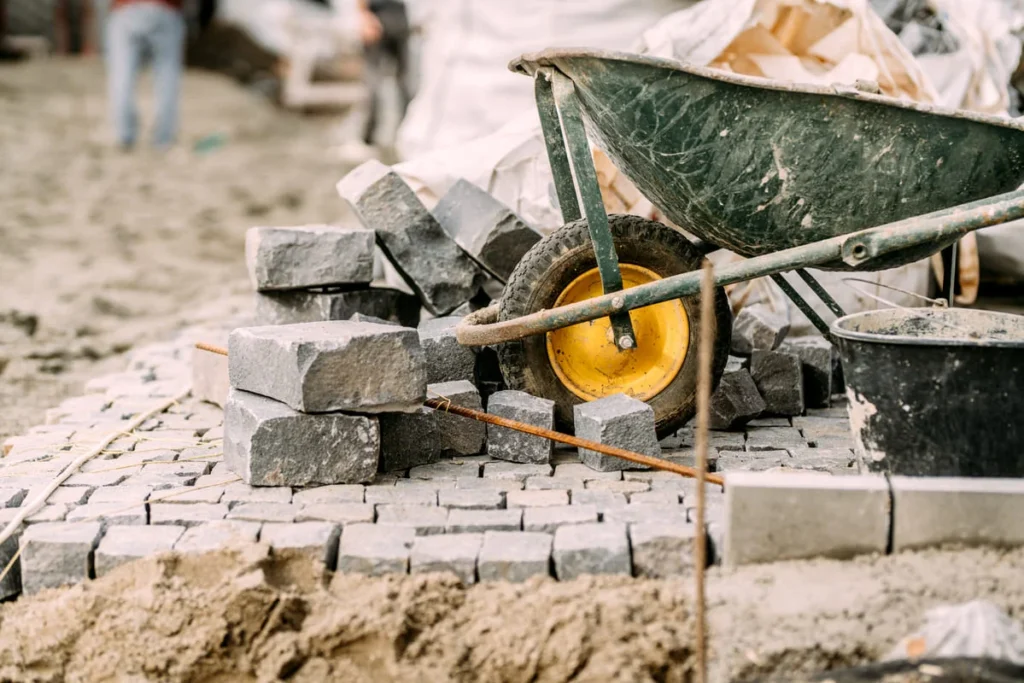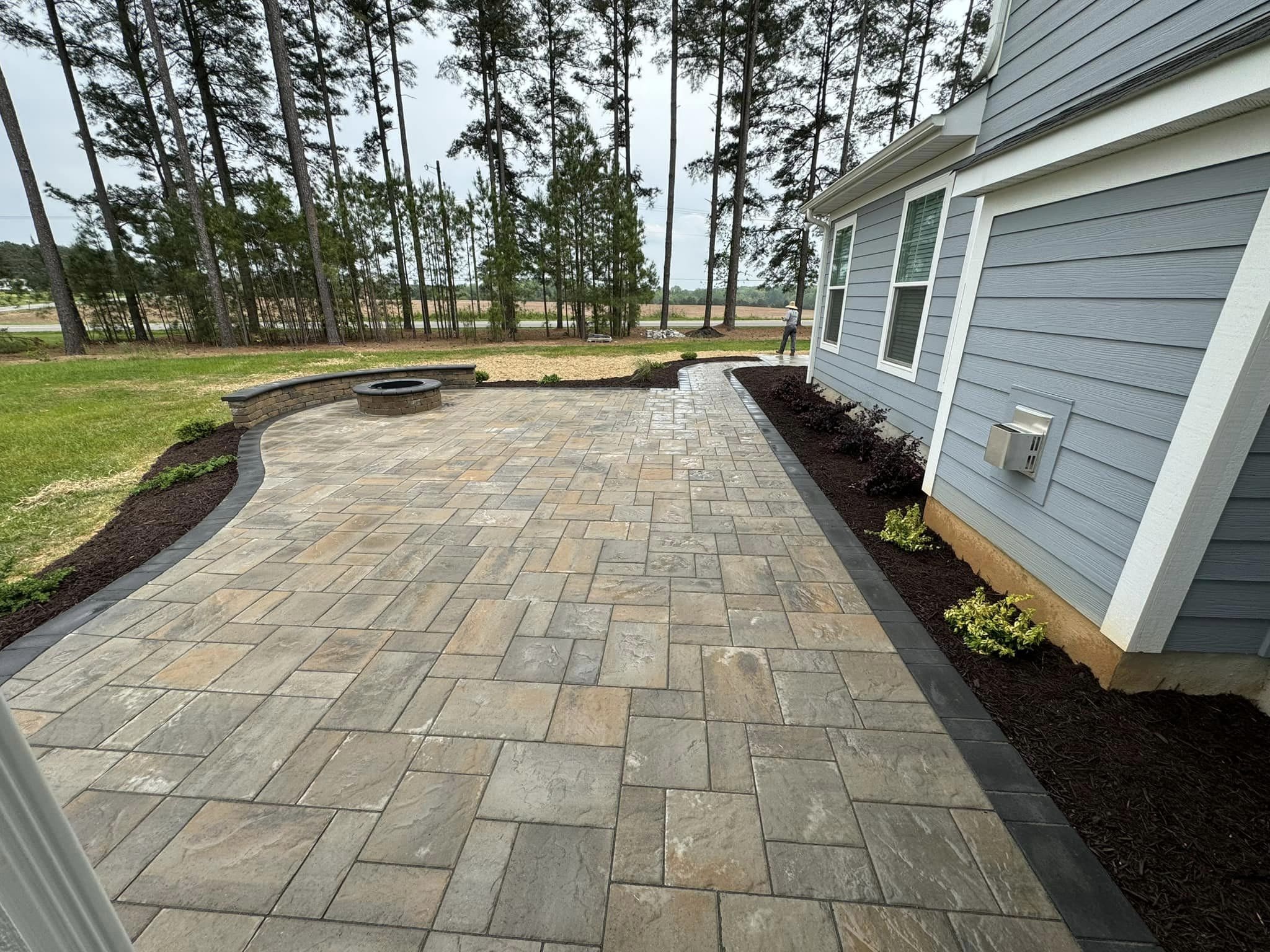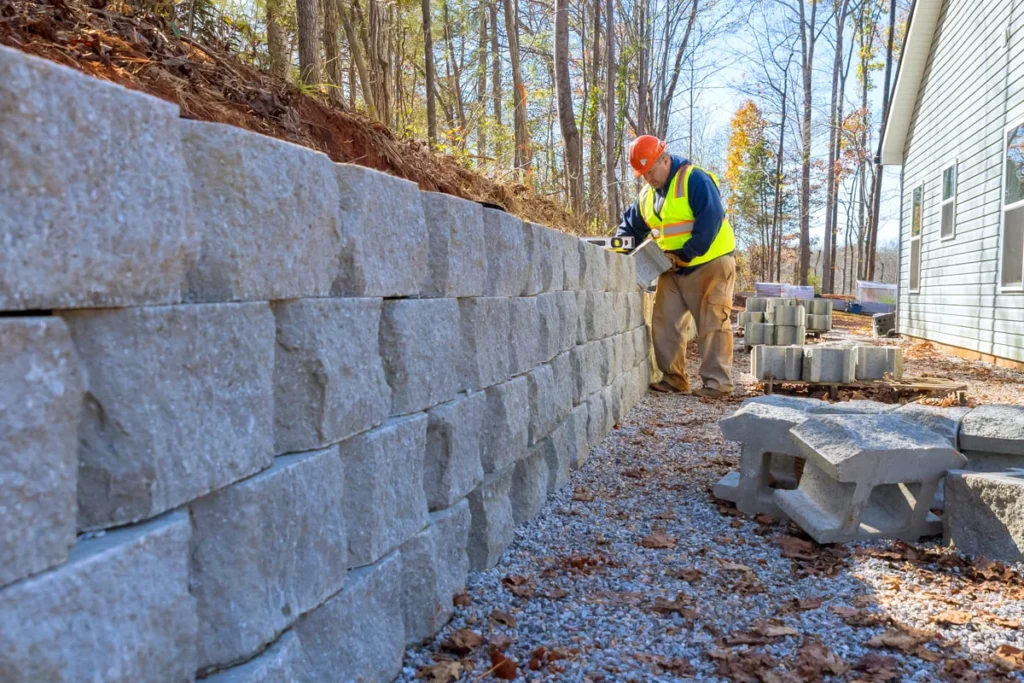
Paver Installations
Create stunning walkways, patios, and driveways with our top-quality paver installations. We offer a variety of styles and materials to match your aesthetic preferences and functional needs.
How to start?
Planning and Design
- Space Evaluation: Measure the area where you want to install the pavers. Determine the use of the space (patio, driveway, walkway) and specific needs.
- Material Selection: Choose the right pavers based on design and intended use. There are various materials such as concrete, clay, and natural stone.
- Design Pattern: Decide on the installation pattern, such as herringbone, basket weave, or mosaic, and design the layout on paper or using design software.
Site Preparation
- Excavation: Excavate the area to a suitable depth for the pavers and base, usually between 6 to 8 inches (15 to 20 cm).
- Base and Subbase: Lay a compacted layer of gravel as a subbase and a layer of sand on top to level the surface.
- Leveling: Ensure the base is level and has a slight slope for water drainage.
Paver Installation
- Placing Pavers: Start placing the pavers from one edge, following the chosen design pattern.
- Compaction: Use a plate compactor to secure the pavers and ensure their stability.
- Joint Sealing: Fill the joints between the pavers with polymeric sand and compact again.

Why Choose Pavers?
- Aesthetic and Customization:
- Durability and Strength
- Maintenance
The Amazing Benefits
Increased Property Value
Installing pavers can significantly enhance the aesthetic and monetary value of a property, making it more attractive for potential buyers.
Safety and Functionality
They provide a non-slip surface, which is important for safety, especially in areas prone to getting wet.
Drainage Efficiency
Permeable pavers allow better water drainage, reducing water accumulation and the risk of flooding in the paved area.
Frequently Asked Question.
The lifespan of pavers can exceed 20 years if installed and maintained properly.
Yes, especially permeable pavers, as they allow natural filtration of rainwater and reduce the impact of runoff.
Basic maintenance includes regular surface cleaning and applying polymeric sand to the joints every few years.


